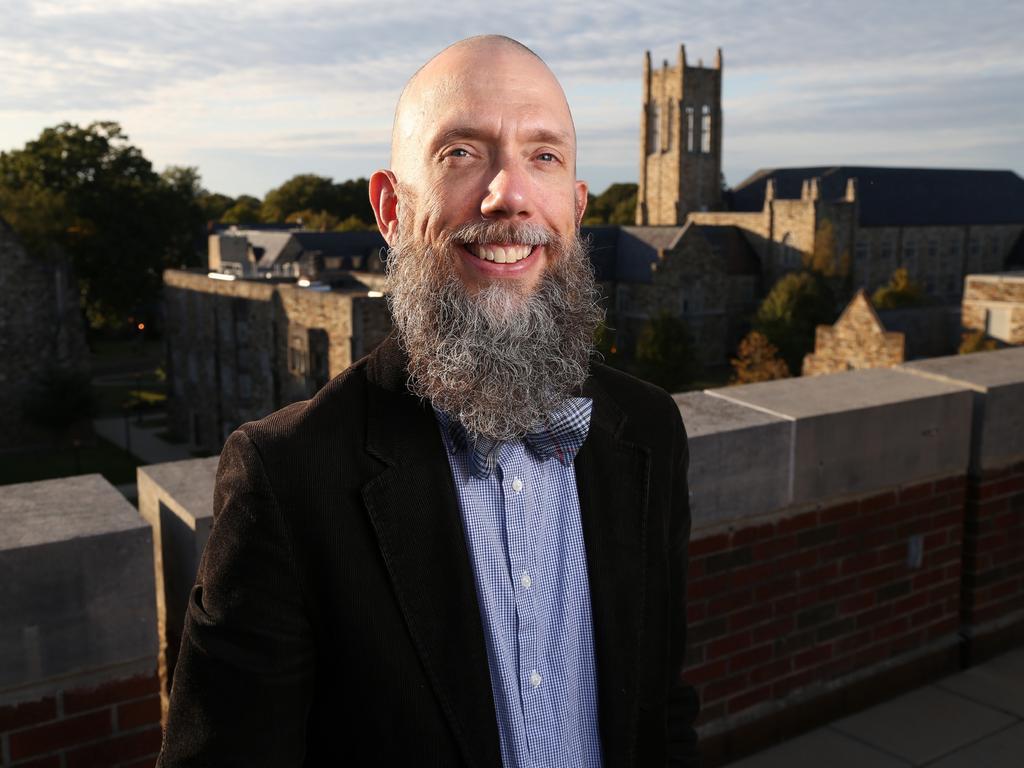Dr. David Rupke, associate professor of physics at Rhodes College, is software lead and member of an international collaboration of astronomers and astrophysicists studying distant quasars with NASA’s new flagship observatory, the James Webb Space Telescope. The European Space Agency announced today a surprising discovery made by the scientists using the telescope.
“Webb’s spectroscopic capabilities, combined with its infrared sensitivity, have uncovered a cluster of massive galaxies in the process of formation around an extremely red quasar. The result will expand our understanding of how galaxies in the early Universe coalesced into the cosmic web we see today. The quasar in question, SDSS J165202.64+172852.3, is an ‘extremely red’ quasar that exists in the very early Universe, 11.5 billion years ago,” according to a news release issued by the agency. “This quasar is one of the most powerful known galactic nuclei that’s been seen at such an extreme distance.”
Incredibly luminous and rare, quasars are found in the centers of some galaxies and powered by gas spiraling at high velocity into a supermassive black hole.
It was further stated in the news release that in order to investigate the movement of the gas, dust, and stellar material in the galaxy, the team used the Webb’s Near Infrared Spectrograph. “This powerful instrument can simultaneously gather spectra across the telescope’s whole field of view, instead of just from one point at a time – a technique known as integral field unit (IFU) spectroscopy. This enabled them to simultaneously examine the quasar, its galaxy and the wider surroundings.”
The James Webb Space Telescope, which launched on Dec. 25, 2021, and is the successor to NASA’s Hubble telescope, is an international partnership between NASA, the European Space Agency, and the Canadian Space Agency.
Astronomer Dominika Wylezalek of Heidelberg University in Germany is leading the international team of researchers using the Webb telescope for the project dubbed Q3D to study three quasars and their host galaxies in three dimensions. Observations from the project also have been published in a paper titled “First Results from the JWST Early Release Science Program Q3D.”
Quasars can be so bright that they outshine their host galaxies, and Rupke has been leading the effort to develop special software to study the quasar itself, the fainter host galaxy, and the even fainter gas flowing out from the host. Three Rhodes students in his lab— Hui Xian Grace Lim ’23, Lillian Whitesell ’23, and Ryan McCrory ’25—have contributed to the software.
“The exciting part of a new scientific tool, especially one as special as Webb, is its potential to reveal the unexpected,” says Rupke. “Webb certainly lived up to that potential in this case. I’m grateful that my students and I have been able to participate in that process of discovery.”
